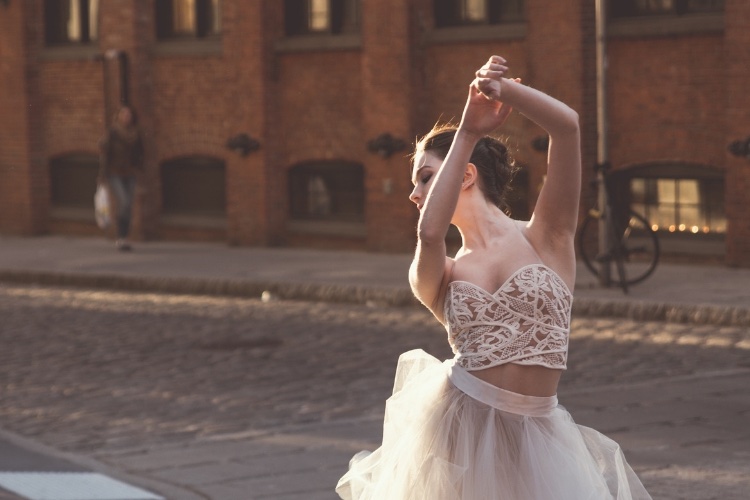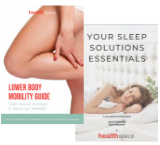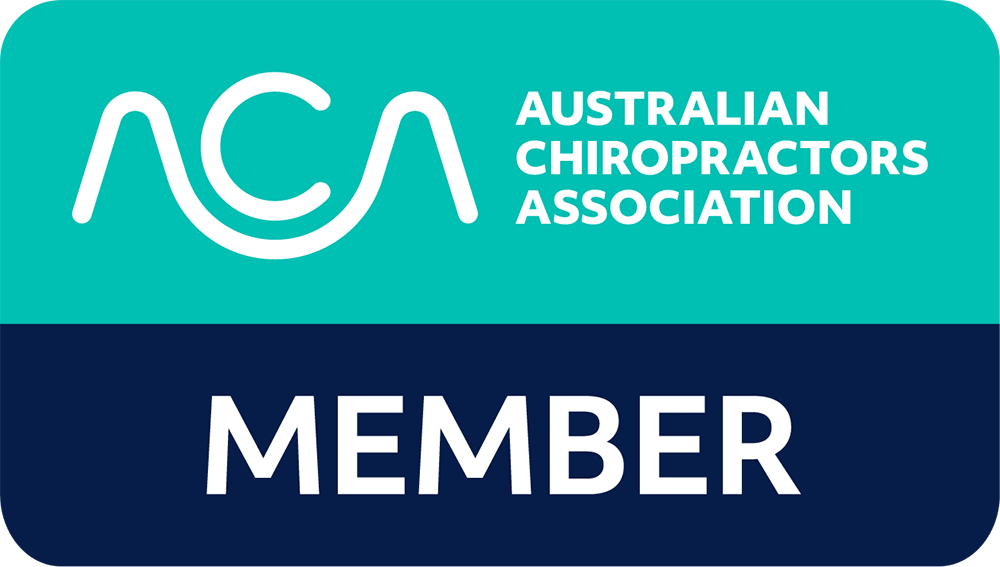
Dance is a very physically demanding sport; all muscles and joints need to work efficiently to allow the dancer to perform pain and injury free. One area of the body where dancers usually experience injury is the hips, where a generous range of
motion is required to create beautiful lines which is a must for most styles of dance these days.
The most common cause of hip pain in dancer athletes is injury to the soft tissue structure surrounding the hip. Most hip injuries experienced by dancers are due to hyper mobility (here we are talking about hyper mobility with pain!) Both male and
female dancers have an increased external of up to 70% more when compared to non-dancers (Gupta et al, 2004). This is due to ’turnout’ being emphasised where the hip is placed in extreme external rotation and the muscles surrounding the structure are laxed and become weak.
How can we control hyper mobility in dancers and prevent any major injuries occurring?
Massage is a great way to help our proprioceptors work efficiently! It is the proprioceptors in our muscles, joints, ligaments, tendons and the inner ear that are constantly sending messages to our brain to let us know how the action we are doing feels and if it is causing the body any stress. Getting a regular massage loads the central nervous system with sensory information which in turn creates a better connection between our muscles and brain. PNF stretching can also be incorporated
into the massage, this great to restore mobility and improve posture. Kinesio taping to the weakened muscles areas is also a good method for dancers to become aware of what their muscles and limbs are doing in space whilst dancing.
Strength training the internal hip rotators (TFL, Glute Medius + Minimus, pectineus and adductors) can help dancers control their turnout, the deeper muscles should be targeted first and then gradually targeting the larger surrounding muscles.
Another fantastic way to strengthen the hip is by training proprioception. Dancers know where to place their arms in third position with their eyes closed! And can move smoothly across the stage without bumping into anyone! Refining this sixth sense leads to greater speed, accuracy, quality of movement and also prevention of injuries.

